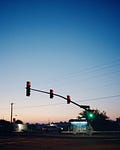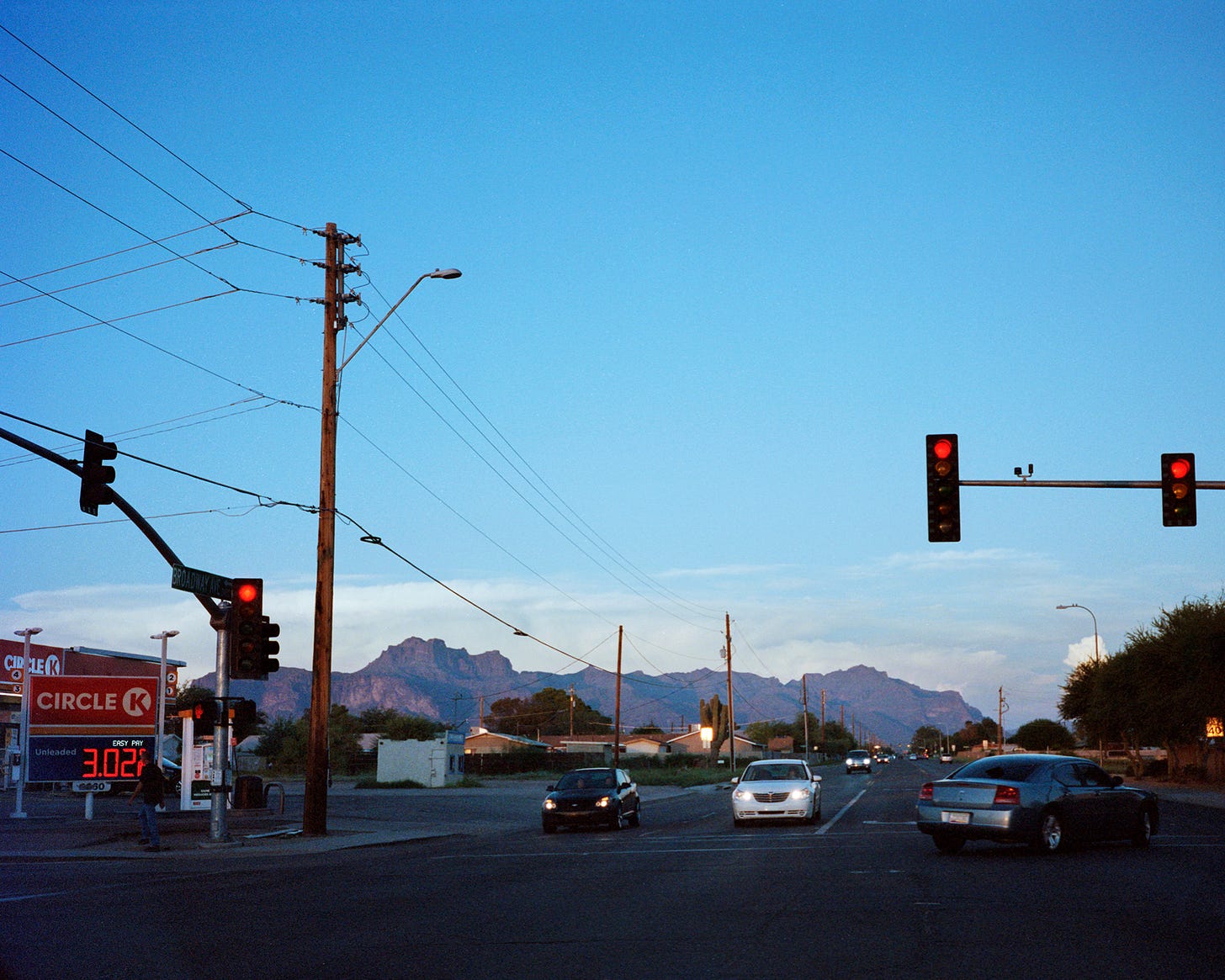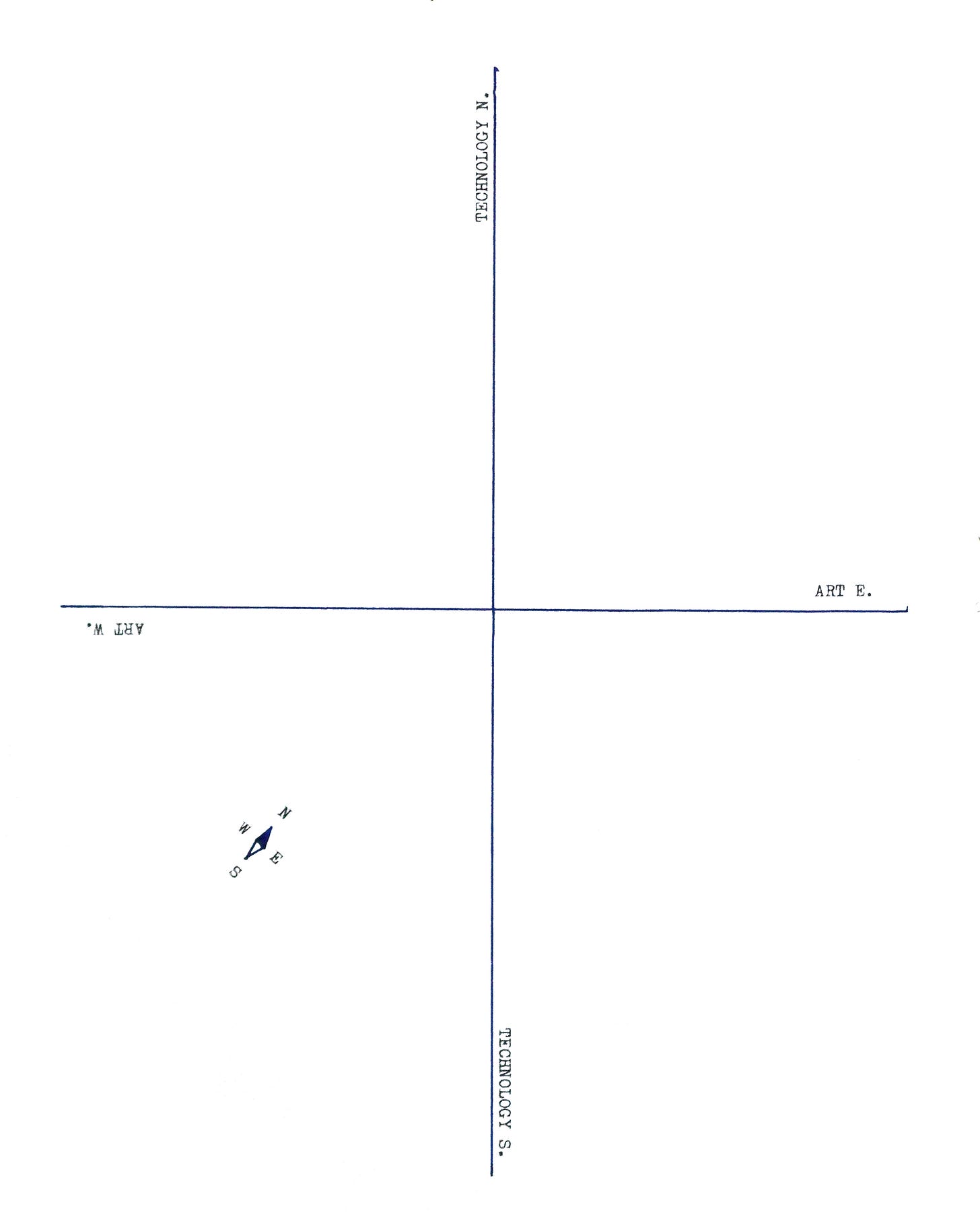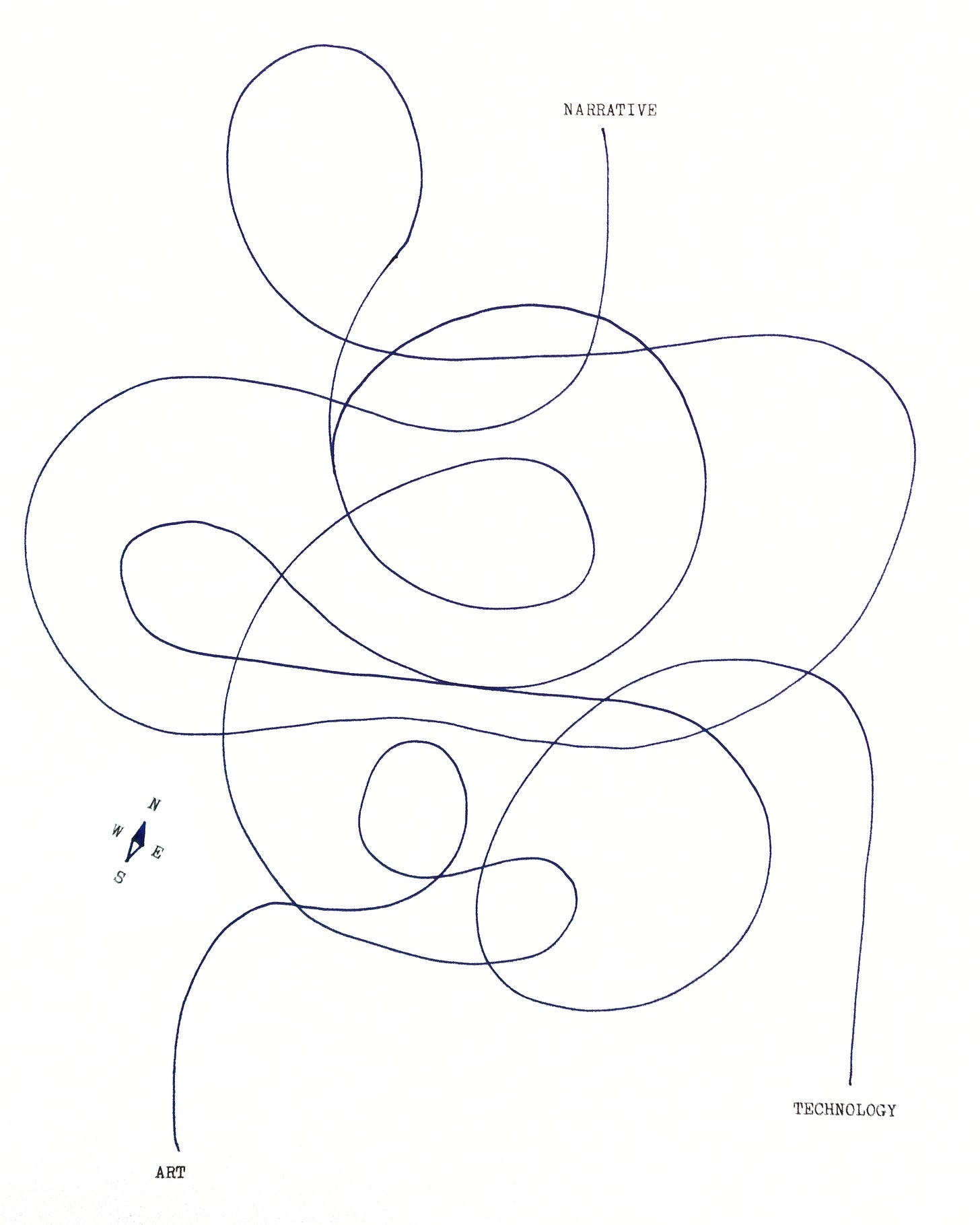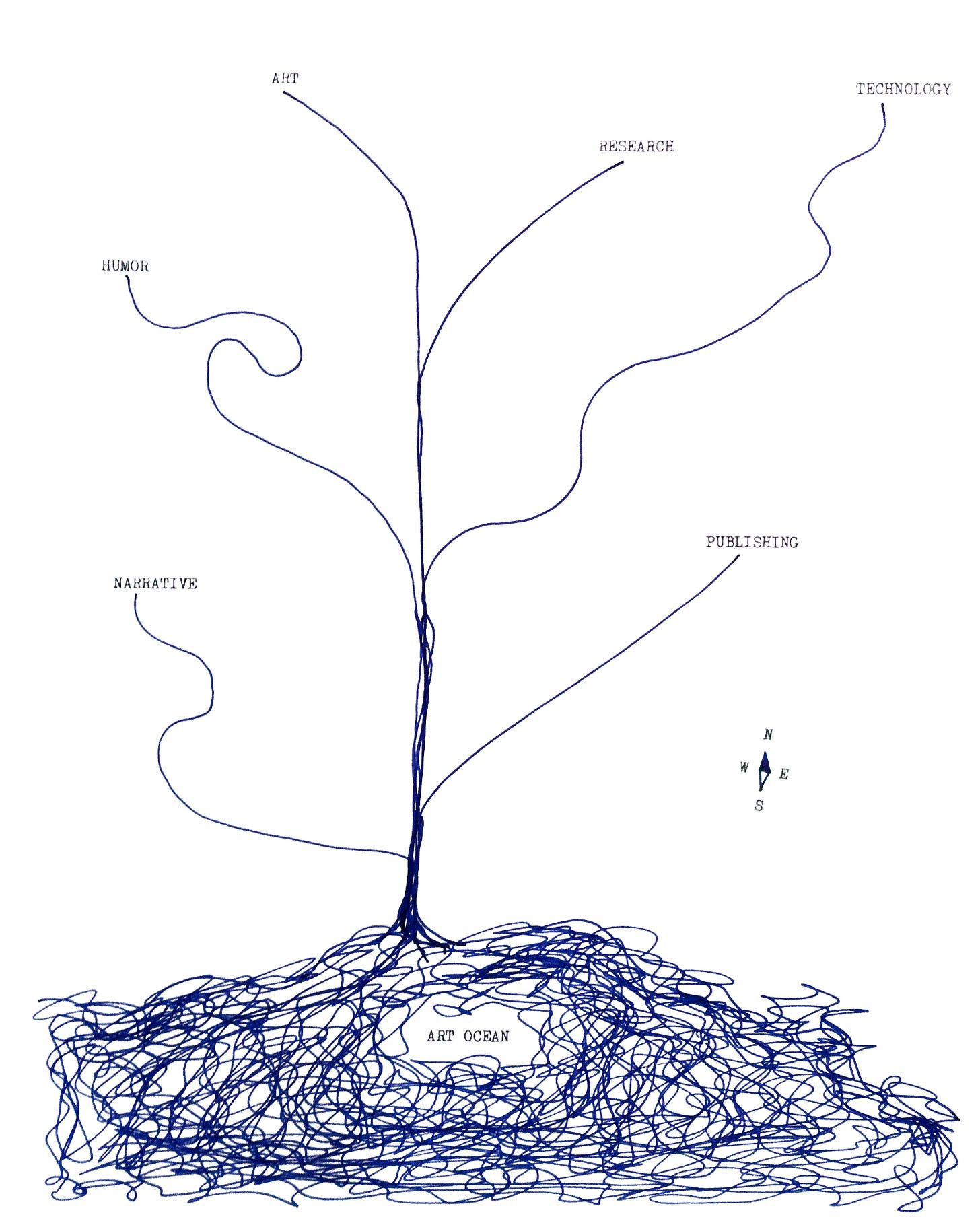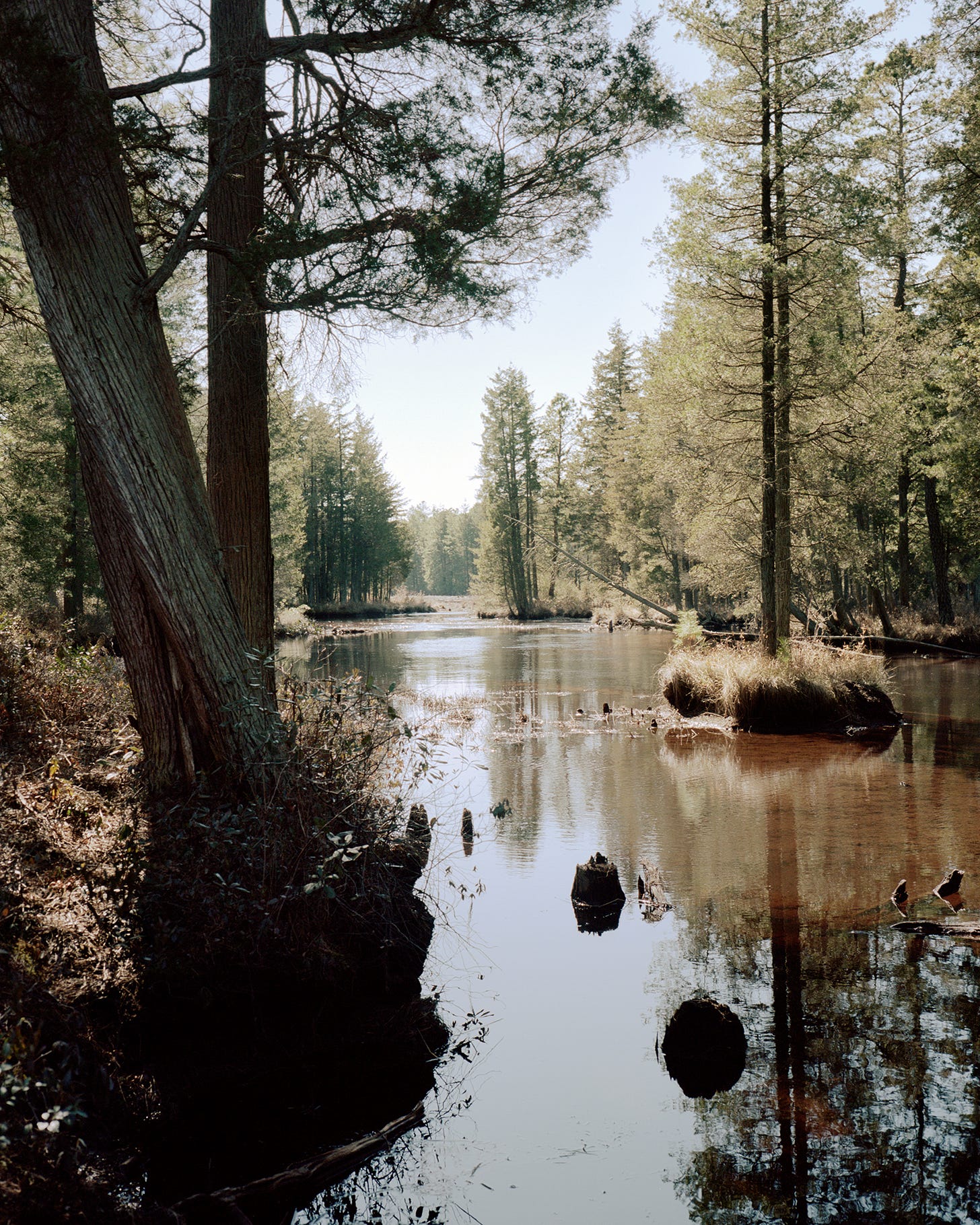Imagine you walk into any large nationally recognized museum that shows a decent amount of contemporary art (maybe a museum named after a city). Stepping into the current traveling exhibition, you make your way to the large paragraph of introductory text adhered to the wall with black vinyl. At some point, no matter the museum or show, that paragraph will inevitably use the phrase “...at the intersection of ‘x’ and ‘y’.” This artist might work at the intersection of craft and conceptualism, or that collective sits at the intersection of art and technology. A show somewhere else in the museum might even be using a different version of the same phrase just a few rooms away, only this time it reads like a seven-way highway interchange. It seems, sometimes, that there are more ‘intersections’ in the art world right now than there are roads.
Now, I am probably exaggerating the use of the ‘intersection’ metaphor a bit. And I’ll admit that it does work well as a fancy way of saying ‘this person is good at more than one thing.’ But I am almost positive it has been used to a point now that all its eloquent shine is gone. Reading about intersections so often during my interactions with art, I have started to question just how well the analogy works for describing how art, or art I like, is made.*
I don’t know if we think about what a real, pavement-and-stoplights, honest-to-God intersection is when we use ‘intersection’ to describe multi-disciplined art. In my experience intersections are, more often than not, a fucking mess. Would car accidents ever happen if we somehow figured out how to not have intersections? They are the scariest part of practicing to get a driver’s license and even scarier when trying to navigate them as a pedestrian. If the goal of art ‘working at the intersection of etc.’ is to make a confusing and dangerous crossover of two ideas going in completely different directions, then the metaphor would make more sense. But I don’t think that is the aim of art. On top of this, I don’t think it is particularly useful to compare an art world we know to be constantly evolving to an ‘intersection’ which is by nature always in the same place.
If we take the intersection of Art and Technology as an example (fig. 1), we don’t have to go too far down the road of breaking down the metaphor to get to the point where it completely falls apart. If there is an intersection at Art and Technology, wouldn’t one of those streets have to be stopped (not functioning) at any given time to allow a safe way for the other street? And is the art in the intersection? (That just seems dangerous.) Or is it static at the corner, standing awkwardly and confusing all the drivers that think it's waiting to cross the street? And in this example in particular – the intersection of Art and Technology – those would have to be huge roads, eight-lane highways with at least a 75mph speed limit. Do we want a straight-up intersection there? Maybe if it's built by experts and can withstand that kind of traffic. But even then it doesn’t sound like a great idea. Intersections are necessary in the real world for our car-centric society to operate smoothly, but it really seems like we shouldn’t be bringing them into the conversation of an artist’s process or way of working.
So what’s an alternative? Galleries and museums will still need a fancy way to say ‘this artist does this thing really well, but also does these other things at the same time.’ I think we could stick with the road/pathway theme, as it seems to hold real power when talking about art movements and tracking them over time. I would propose that instead of ‘at the intersection of…’ we start to use phrases like ‘along the path of…’ Even ‘crossing paths’ sounds a lot less hectic than ‘intersection,’ and reminds us that the paths actually continue to extend in their own directions despite how many other roads they cross. An artist statement using this new terminology might read, “Her work walks along a path that branches off into other disciplines often and intentionally, creating a crisscrossed network of calm and masterfully trodden intellectual trails (fig 2).” Now that might sound a bit overblown, but to me it's better than ‘intersection,’ and I’m sure someone better at writing artist statements could clean it up in no time.
But now, hear me out, we could go even further and totally lose the connection to roads and man-made pathways in our analogy. What else moves along a line, can be mapped and named and categorized, and collides with other lines of the same type? I’m sure many things fit that description, but right now I’m thinking of a river. Rivers and waterways work similarly to roads in our art metaphor, but with a few fascinating differences. Rivers do not form intersections – when rivers meet, very rarely do they stay as two independent waterways. They come together to form a whole new river with a new name, or one river is seen as a tributary of the other. A large river could have hundreds of tributaries, and the same river could in turn be a tributary to an even larger river. And finally, following a river always brings you to a large, open body of water, where the river ceases to exist and water from all the surrounding rivers come together to make something (a lake, an ocean) with a new name and meaning. Now, to me that sounds like a much better metaphor for making art – small tributaries of ideas and practices come together to form a totally new and unique way of working, growing bigger and stronger as it becomes wider and more complex, and eventually letting out into the great sea of other art and ideas and creation (fig.3). I bet there's even something really cool you could say about waterfalls here, but I won’t pretend I’m that smart.
I don’t think we have to go back and change every ‘intersection’ in an artist statement to something else. The metaphor has done good work, and deserves a relaxing retirement. But I do think we can be more intentional with how we describe our ways of working and how certain ideas are made present in our work. It would be wholly refreshing to come across some winding paths or tributaries in a future museum wall text. And trust me, they will sound just as fancy as any mention of an intersection.
*I want to point out that I work at a gallery and public photography lab called Art Intersection, and would like to state the term’s use here makes much more sense than in any artist statement. Art Intersection is a real live place where people from all different artistic backgrounds come to share their work and ideas. (I don’t think you can plug in “the intersection of painting and performance” into Google Maps).
On the topic of pathways, I have just updated my website to include a sort of digital maze, composed of pictures from the last few years and lots of hyperlinks. The maze starts on the homepage and ends with a password to receive a free print. Once that free print is claimed, I will create a whole new maze with fresh images and meandering paths. The whole thing seems like a fun way to share a bunch of pictures I really don’t know what else to do with. I hope you enjoy clicking around.

